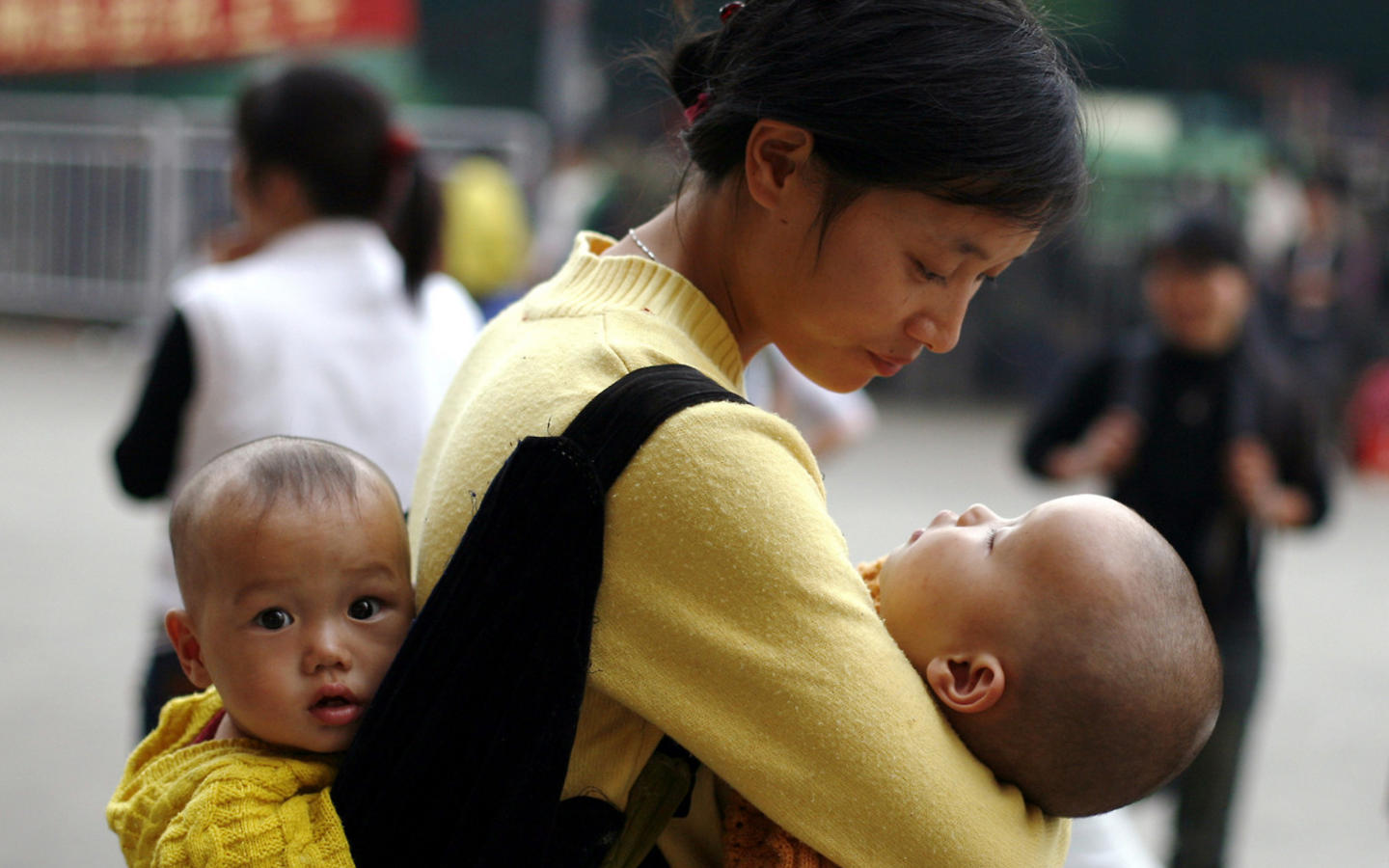China’s controversial family planning practice, known simply as the one-child policy, has come to the end. The objective of the plan was to control a swelling Chinese population, but faced with an increase in social problems resulting from the 35 year old policy, the government opted instead to replace it with a two-child per family plan.
China’s one-child policy was first initiated in 1978 and was fully enforced by the early 80s. At the time, China’s birth rate was as high as four children per family putting a strain on all resources. The Chinese government decided to act and instilled the severe family planning policy. The goal was to keep the population below 1.2 billion by the end of the 20th century.
Under this policy, families were permitted only one child, however there were some exceptions. After an initial trial, a few minority groups were permitted to have more than one child and in 1982, it was further decided that if a rural family had a girl, they were allowed to have another. In addition, if both parents were second-generation, with only a son, they were permitted two children. For those families that did not qualify for the exception, if they had more than one child they were subject to a fine or were only permitted to legally register one child on the family register. The fine itself differed by region. In Shandong area the fine was about 1,800 million won, but in Shanghai it was more than 3,500 million won.
It is estimated that about 400 million births were prevented by this policy over its 35 year lifespan. While the population controls were deemed necessary, the policy led to many social problems. Because the fine was too expensive for ordinary Chinese, only the rich could afford to pay it, leaving the additional children of the less privileged unregistered. The children who were not legally listed could not had access to free medical treatment and education. Another problem that was created by this policy was an increase in the rate of abortions. In an effort to address these social problems, and faced with a decreasing workforce, the Chinese government announced, it would replace the thirty-five year old policy with new government.
 |
| ▲ Mom, cuddling her babies in her arms and back. (Google) |
China’s workforce decreased due to its low birth rate policy. While its labor market is responsible for most of their economic growth, faced with dwindling population numbers, the number of available laborers decreased, thereby hindering China’s economic growth.
China has the largest population, second only to the U.S., with an estimated 1.35 billion people. The Dankook Herald (DKH) interviewed Prof. Kim Jin-ho (Dept. of Political Science and International Relations) to find out why larger populations are important for some economies. “Population numbers form a country’s base of economic and military power. If the Chinese population and economy keep growing, China will be major player with similar international competitiveness to U.S. and as the world’s biggest market, China will be able to exercise its influence on the global economy,” he said. In fact, after the Chinese government introduced its two-child policy, global stock market prices shot up. He explained, “Korea’s stock market will be influenced by it, too. In the long run, a two-child Chinese policy is profitable for Korea’s economy.”
The DKH asked, whether or not he believed China’s social system could handle the sudden increase in population. He said, “At present, China needs an increased birthrate and is encouraging it, so they have already prepared for the rise in population and they are capable of dealing with it.” The DKH asked about the two-child policy’s influence on world birth rate trends. He said, “There won’t be much difference in the short run. Moreover, we cannot dissertate on the world population with only one country’s population.” He finished interview by saying he expected the twochild policy to have a positive effect on China. “The former one-child policy brought about many human rights problems and China’s food, clothing and shelter are rebounding now, so, it is an outdated plan. I think the Chinese government is determined to give China a higher growth rate and finally help them to emerge as one of the most critical economies in the world," he added.
Since a decline in population and low birth rate are big problems around the globe, China’s ‘twochild policy’ has attracted the attention of the world. It is estimated that over the next fouryears, a maximum of 5,212 thousand new babies will be born and more than one hundred million couples will benefit from this changed policy. However, some people think that this new family policy won’t work very well because Chinese fertility values have changed. They say people question the affordability of having another child since medical care, baby food, kids' clothes, toys and other entertainment fees are too expensive, so subsidies or lower prices for these critical goods need to be addressed. If a country’s national power comes from the size of its population, and this family policy works well, it will give China a tremendous power boost and influence in the world.
Jang Ji-won, Choi A-ra jwony96@naver.com

![[Campus Magnifier] Let's Surf the Library!](/news/photo/202404/12496_1765_4143.jpg) [Campus Magnifier] Let's Surf the Library!
[Campus Magnifier] Let's Surf the Library!
![[Campus Magnifier] Let's Surf the Library!](/news/thumbnail/202404/12496_1765_4143_v150.jpg)





